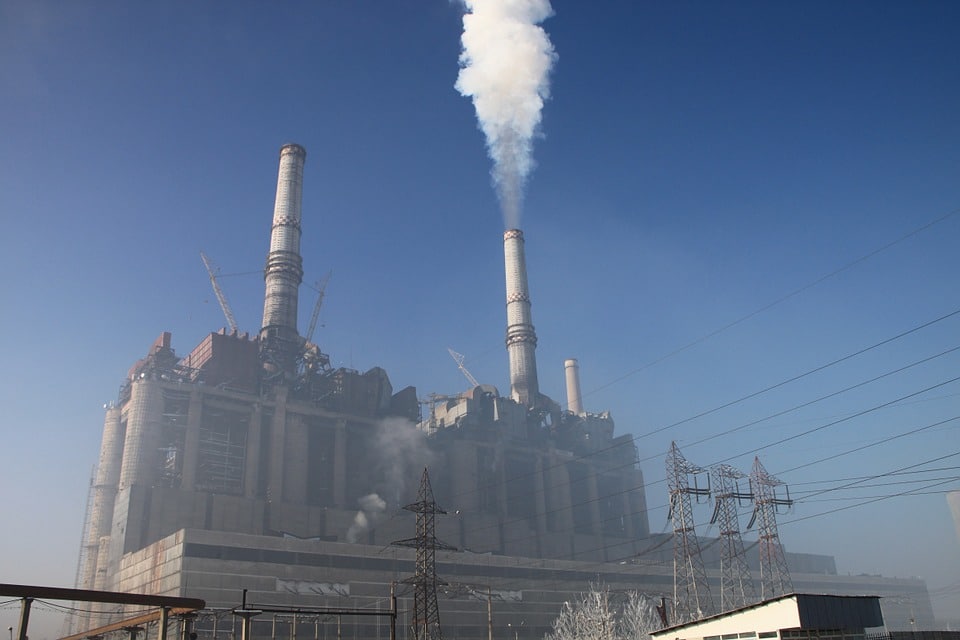New Mexico Implements Emission Standards for Coal Power Plants

The New Mexico Environmental Improvement Board on Oct. 28 implemented regulations that adopt a new air quality standard to severely reduce the quantity of carbon dioxide emissions from coal power stations in the state. The standard, which was adopted in the 2019 Energy Transition Act, pertains to new and currently active power facilities and limits carbon dioxide emissions from those plants to 1100 pounds per megawatt hour from Jan. 1, 2023.
The Energy Transition Act amended the Air Quality Control Act to cover new and remaining electric producing plants, with an initial installed capacity of more than 300 MWh and that use coal as an energy source. The new emission standard is significantly more rigorous and than the existing federal air standards concluded in 2015.
As part of the adoption process for new air quality standards there was major public involvement, which went above and beyond the usual obligation to hold a public hearing. Moreover, feedback from stakeholders was used meaningfully in order to ensure the best possible outcome. In addition, the Energy Transition Act offered additional tools to assist affected communities, comprising three new funds to offer transition support to tribal populations, relocated workers, and the wider impacted community to stimulate economic growth and job development.
As it stands, economic factors have been a key driver in New Mexico’s energy transition. Coal generation has declined steadily over the last few years, with the Four Corners Generating Station permanently shutting down units 1,2 and 3 in 2014 and Arizona Public Service decommissioning the stations by the end of 2031. Coal generation is being replaced by cheaper, cleaner energy sources which have made coal generation financially more expensive over time.
In 2010, 50 percent of the U.S. electricity came from coal, as reported by the U.S. Energy Information Administration. Fast forward to 2021, this has now significantly declined to 25 percent. Growing public understanding of climate change and state laws have supported the diminished dependence on coal for power generation. Moreover, these factors have led to increased utilisation of renewable energy resources, such as solar and wind. Since the implementation of the 2019 part of the Energy Transition Act, around 2 gigawatts of renewable generation have come accessible in New Mexico.
EnerKnol Pulses like this one are powered by the EnerKnol Platform—the first comprehensive database for real-time energy policy tracking. Sign up for a free trial below for access to key regulatory data and deep industry insights across the energy spectrum.
ACCESS FREE TRIAL